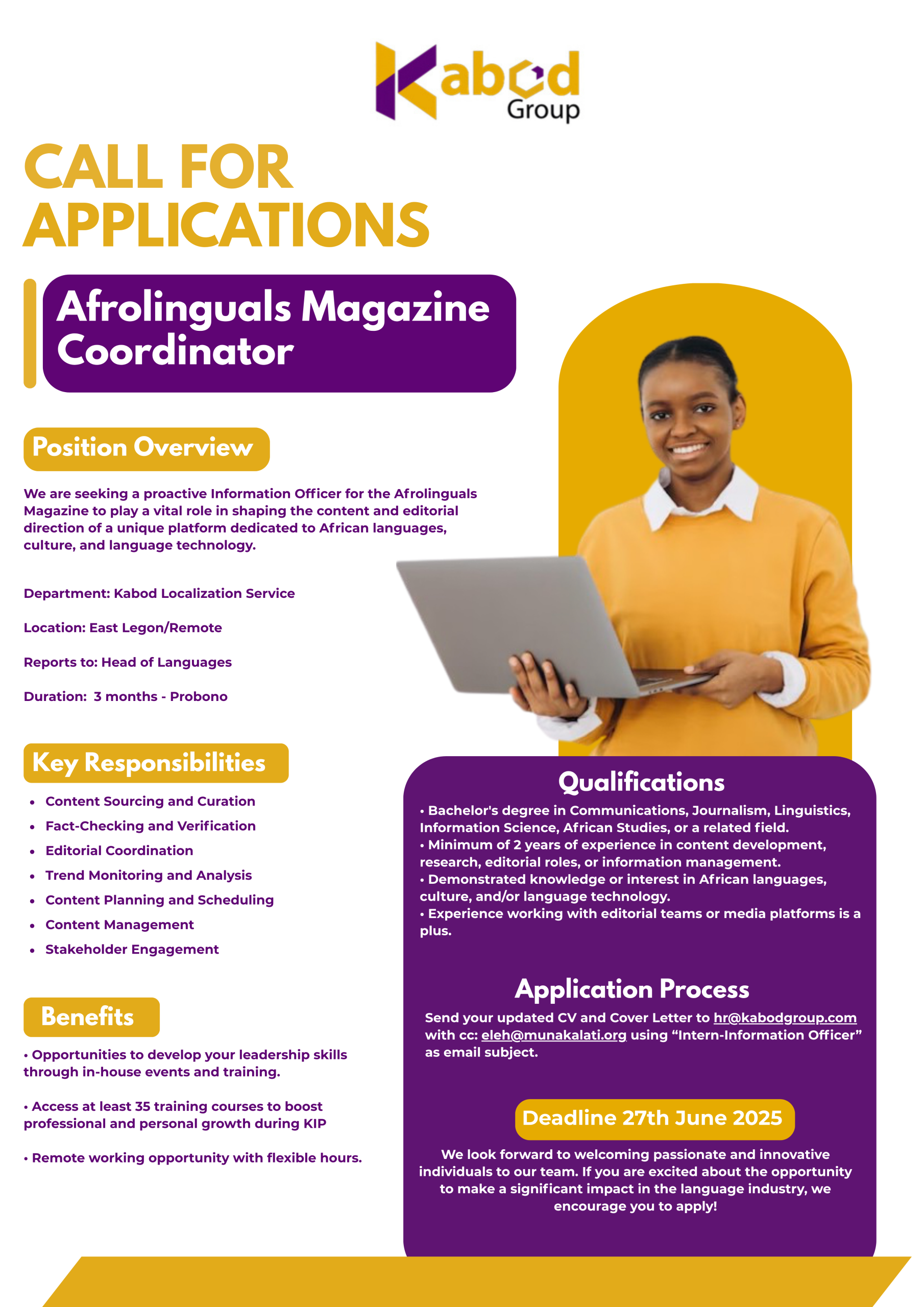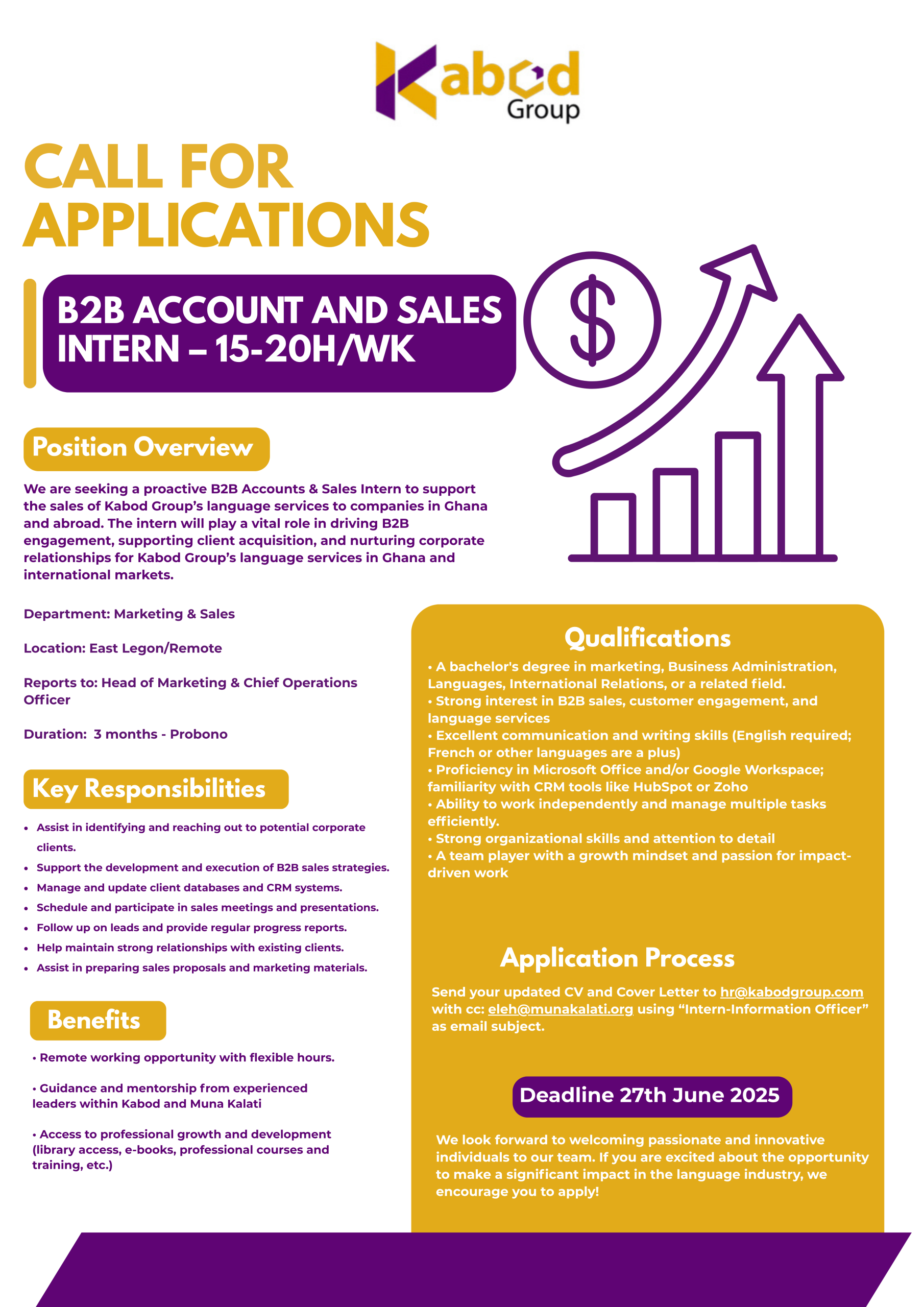Christus Codo, Programmes Assistant, People’s Management Unit
Human Resources (HR) is an essential function of any organization, responsible for managing the most valuable asset, i.e., its employees. The traditional approach to HR has been focused on administrative tasks such as payroll, benefits, and compliance. However, with the changing times, businesses are moving towards a people-first approach to HR, where employees’ needs and experiences are prioritized. In this article, we will explore what it means to have a people-first HR approach.
- What is a People-First Approach to HR?
A people-first approach to HR focuses on employees’ needs, experiences, and well-being, rather than just administrative tasks. It involves providing employees with an engaging and meaningful experience that motivates and empowers them to achieve their full potential. It also involves developing a culture that supports and values diversity, equity, and inclusion (DEI).
This concept focuses on people not on the company but on the staff’s personal and intellectual development so that as they grow they can also contribute to the growth of the company. “Take care of the people, and they will take care of the company’’ says Tracie Sponenberg. In the twenty-first century era, you don’t want to be a manager who seeks his/her interest first but who rather looks out for their staff, values them, and encourages them. You don’t want to be the reason why your workers don’t want to come to work, but you want to be the reason why they enjoy their work, and also the office environment.
- BE A PROBLEM BUT NOT THE REASON FOR THEIR PROBLEM.
From a people-first perspective, it’s important to keep in mind that the ultimate goal is to be a solution to the problems employees face, rather than being a problem for them. By focusing on creating a positive work environment and providing resources and support to employees, you can help them overcome any challenges they may encounter. This approach not only fosters a sense of trust and respect between employees and management but also contributes to a more engaged and productive workforce.
Therefore, as HR you should prioritize understanding and addressing the needs of your employees to ensure they are the solution, not the problem. Also, be an advocate for people, put yourselves in their shoes by prioritizing their needs, and by doing so, you create a more engaged workforce which leads to better performance and increased innovation.
Finally, the more you value your workers, the more they value their work and protect the company’s interest.
- THE PEOPLE FIRST HR STRATEGY
This strategy connects more with employees, whose needs and well-being are timely recognized and prioritized. That’s why at Kabod, we intentionally provide employees with opportunities for professional development, promote work-life balance, and build a culture of trust and respect. This approach results in lower turnover rates, higher job satisfaction, and better business outcomes overall. By putting people first, your business too can create a more supportive and productive work environment that benefits both employees and the organization as a whole.
In this perspective, as HR leaders we must :
- Focus on increasing competence by learning and investing in our professional development so that we can be more capable HR leaders. “Talent development is the new learning” as Victoria Shepard indicated.
- Encourage continuous learning among the staff;
- Always put employees’ needs first Understand their needs, and take into account their suggestion and their input so that the company can move forward;
- Make the office environment a pleasant place to be, a place where transparency is valued Be a listener, not only a hearer; and Take actions appropriately;
- Develop well-being programs in the workplace, both physical, mental, social, and financial health;
- Be their mentor, guide & make room for improvement;
- Lead with passion, empathy, respect, and kindness.
- IMPORTANCE OF TECHNOLOGY IN PEOPLE FIRST HR
In a people-first approach, technology is crucial in facilitating employee experiences and supporting their needs. By utilizing technology to automate administrative tasks, businesses can free up time and resources to focus on more meaningful and engaging interactions with employees. For example, employee self-service portals can enable employees to access and update their personal information, benefits, and pay, reducing the workload of HR staff.
Additionally, technology can be leveraged to support remote work, flexible schedules, and personalized development opportunities. However, it’s important to keep in mind that technology should always be used in a way that enhances, rather than replaces, human interaction and connection in the workplace. Ultimately, technology can be a valuable tool in a people-first approach, and it should be used strategically and intentionally to support and empower employees.
CONCLUSION
The paper first to people first is one innovative way to shift people’s mindset about how they perceive the Human Resource field and how things are being handled in the office environment. It exposes more managers to their employees and vice versa. It puts people first and aims to streamline processes while minimizing the use of paper. By adopting a digital-first approach, businesses can improve their HR processes, increase efficiency, save on costs, and have a positive impact on the environment. It is an approach that businesses should consider to improve their HR operations while also contributing to a more sustainable future.




